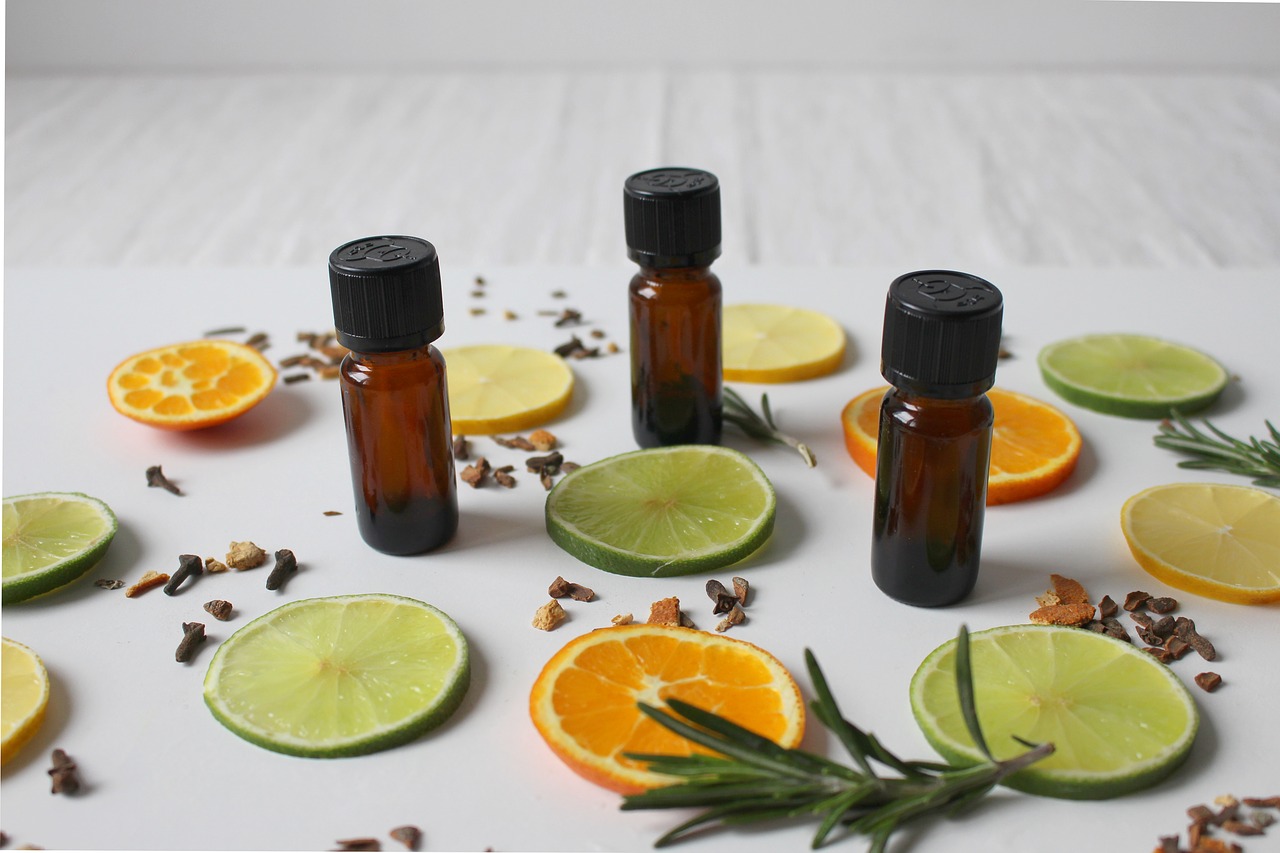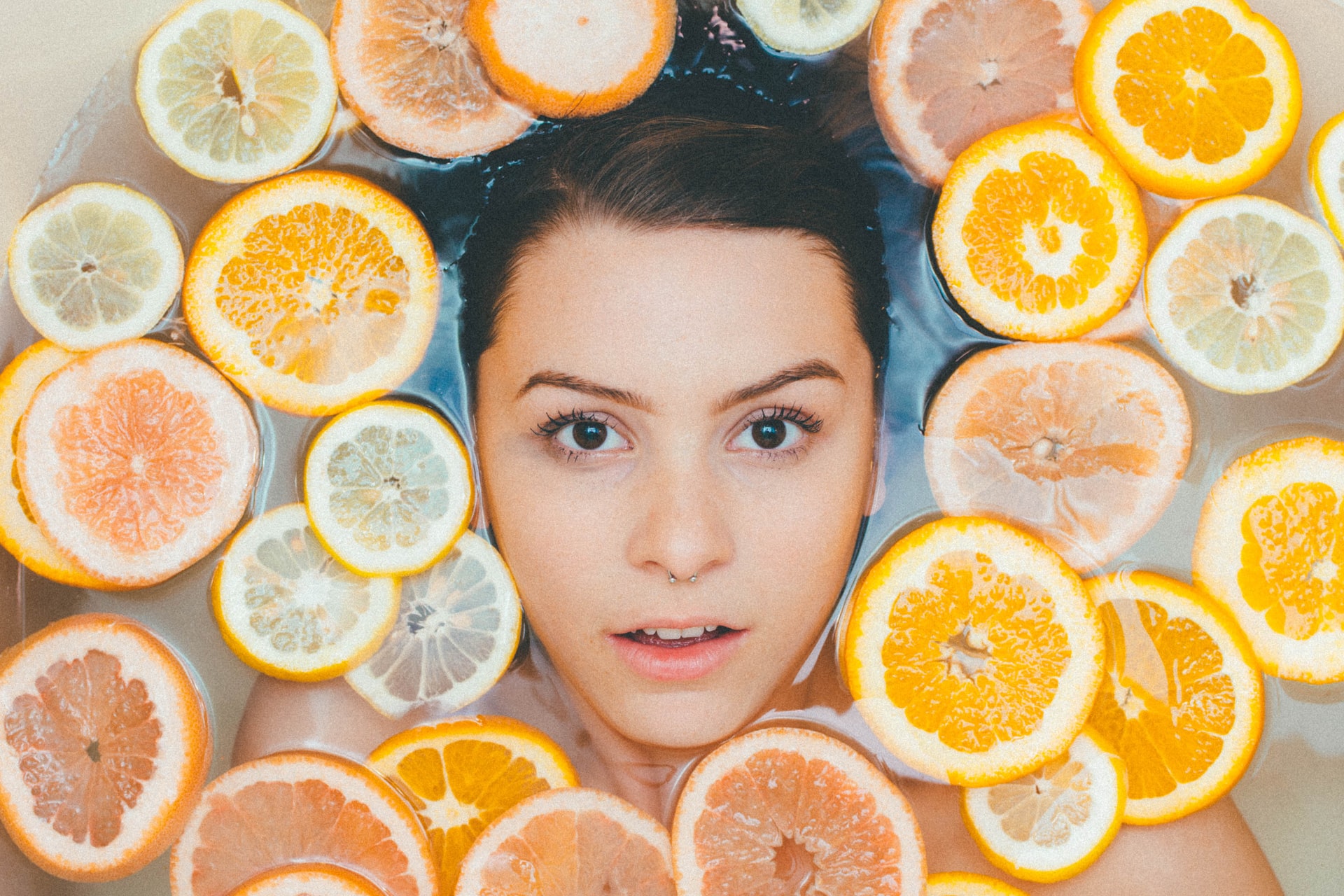Blog
January 25th, 2021
Would natural Preservatives in cosmetics prevent bacteria from growing?
The term “preservatives” refers to the functional name for a wide variety of compounds that help slow or prevent bacterial growth in a wide range of food, nutraceuticals, personal care, and cosmetic products. These compounds can be natural or synthetic.
While preservative-free or “all-natural” skin care products are on the rise, almost all skin care products need preservatives because of the water content. Most cosmetics and personal care products generally have a high-water content, and are generally very susceptible to spoilage by bacteria, yeasts and moulds.

Image by Monfocus from Pixabay 4004910
Bacteria for the most part can develop and multiply in dilute solutions. Yeasts survive with marginally less water and molds with the slightest, but in the event that water is expelled so that the Aw is decreased to below 0.6, organisms will not be able to develop. It is critical to keep in mind that they can still survive, and as the water activity increases, grow will happen again. Additionally, in makeup products such as talcum powder and dry pressed powder, and eyeshadows, microorganisms could not develop and duplicate. However, in the event that storage becomes damp, products will become prone again to the mold’s growth, and in case the water activity increases further like in humid bathrooms, yeasts and lastly bacteria may begin to develop and cause spoilage.
The Safety and effectiveness of preservatives are crucial to avoid consumers exposure to high risks. Also, a safe and protected formula is the foundation for the development of an effective personal care product.
Strong solutions of salt and sugar can exert an osmotic pressure on microbial cells, causing
dehydration. This principle which is used in food preservation by using high concentrations of sugars in
jams, or high concentrations of salt in preserved processed meats is also being used in cosmetics and personal care. Unfortunately, some microbes are specially adapted to withstand high osmotic pressures; they are called osmophilic organisms, and spoilage of products with high sugar contents is normally
due to osmophilic yeasts and moulds. Some bacteria also like high salt conditions and they can
cause spoilage in the products.
Essential oils and antioxidants can also assist to keep personal care products from spoilage. Antioxidants do so by suppressing reactions that can occur when certain ingredients in a cosmetic or personal care product combine with oxygen in the presence of light, heat and some metals.

Photo by Noah Buscher on Unsplash
pH and temperature are both particularly important in selecting the right preservative system, either natural or non-natural.
Bacteria grow best at around pH 7 and stop multiplying below about pH 4.5. Yeasts and moulds grow best at acid pH (pH 4 to 6). However, microbes can often survive at extreme pH s which do not support growth. As they grow, the microbes themselves change the pH of their environment by producing acid or alkaline waste products.
Another important environmental factor affecting growth is temperature which needs to be considered in picking the right preservative system.
Considering the limitations of the use of strong salt and sugar and antioxidants for preserving a natural formula, other natural alternatives have been used that are well-know as natural preservatives. Their criteria of use, however, differs a lot and needs to be reviewed to make sure the effective preservation of the formulas could be achieved by their application.
“The biggest con for ‘natural’ (note, more commonly ‘nature identical’, e.g. sodium benzoate) preservatives are that they’re less effective than the synthetic preservatives. For example, most aren’t broad spectrum and have to be used at a much higher dosage to be effective. As a result, more skill from the formulator is important to create a preservative system with multiple natural preservatives working together to achieve broad-spectrum protection. In addition, many natural preservatives can be quite allergenic, especially at higher concentrations, depending on the ingredients. Natural preservatives are generally a lot more expensive than their synthetic counterparts. Since most natural preservatives are weak acids, for example, salicylic acid, sorbic acid, lactic acid, citric acid, benzoic acid, etc., they’re typically only stable under a pH of around 5-5.5, which can pose a challenge for products with a higher pH, e.g. tear free shampoo, or even just general pH drift (e.g. you pH adjust to 5.5, the product still may increase or decrease in pH throughout the course of its shelf life). Finally, natural preservatives can add a scent or color to your product, which isn’t necessarily a bad thing.”(1)
Stay tuned to hear more from Farachem regarding the upcoming preservatives solutions aiming at highest ingredient quality to allow a minor use of classified preservatives, reducing environment damage, and maximizing your formula preservation and skin protection.
References: https://www.theecowell.com/blog/preservatives1

